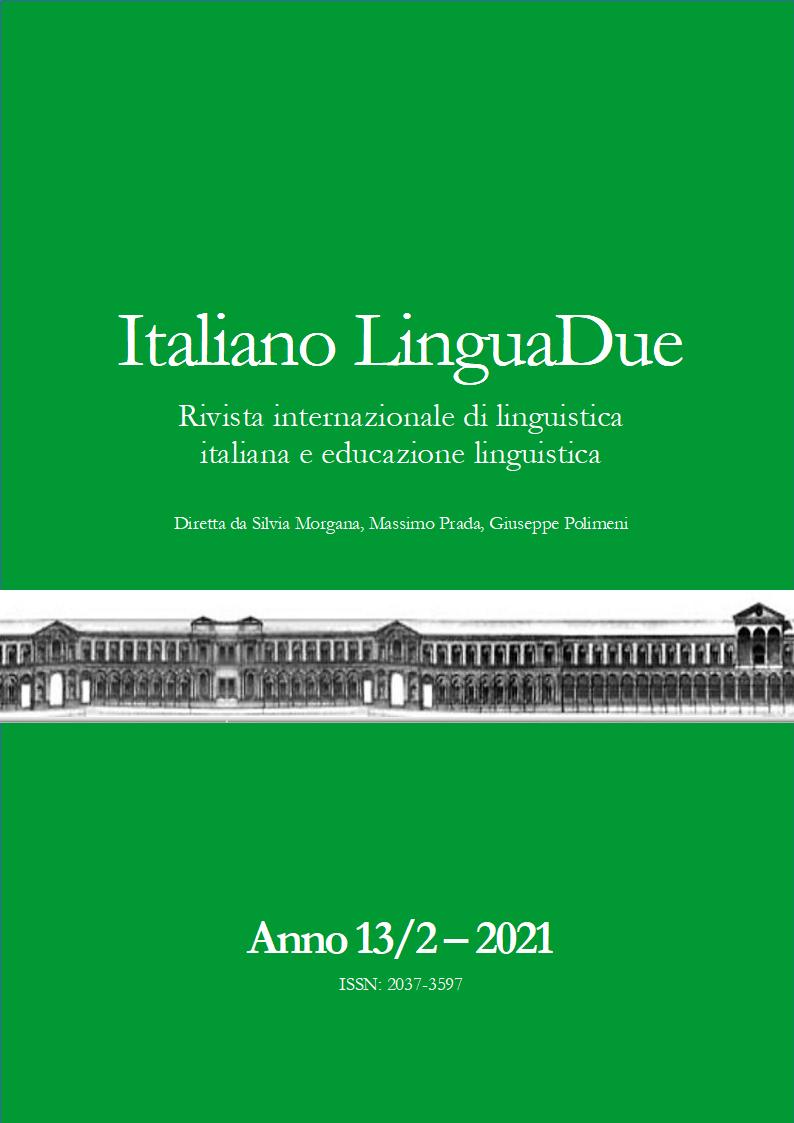C’ERA UNA VOLTA L’ALUNNO STRANIERO: INDAGINE SULLE PRATICHE DI INSEGNAMENTO DELL’ITALIANO LINGUA SECONDA NELLE SCUOLE DEL VENETO
DOI:
https://doi.org/10.54103/2037-3597/17133Abstract
Nonostante il sistema scolastico italiano sia ancora legato alla concezione originaria dell’alunno così detto straniero, la recente stabilizzazione del fenomeno migratorio sta lentamente modificando il profilo di questo apprendente. In Italia, i corsi di italiano come lingua seconda all’interno della scuola sono stati promossi sin dagli inizi degli anni ’90, e tuttavia i risultati scolastici di questo gruppo di studenti risultano ancora di molto inferiori a quelli dei compagni madrelingua. In questo articolo si riportano i risultati dell’indagine IMPACT Veneto, realizzata tra il 2019 e il 2020 presso l’Università di Verona e finalizzata ad esplorare le pratiche di inclusione scolastica dell’alunno dal background migratorio attualmente in uso nelle scuole del Veneto, così come descritte da un campione di 352 docenti e impiegati scolastici. L’obiettivo dell’indagine è stato quello di individuare l’approccio con cui viene realizzata l’inclusione scolastica in questa regione e di individuare nuove piste di ricerca che possano aiutare a promuovere il successo scolastico.
Once upon a time there was the foreign student: a survey on teaching practices of Italian L2 in schools in the Veneto region
Although the Italian school system is still tied to the original conception of the so-called foreign student, the recent stabilization of the migratory phenomenon is slowly modifying the profile of this learner. In Italy, Italian L2 courses in schools have been promoted since the beginning of the 90s, and yet the scholastic results of these students are still much lower than those of native speakers. In this paper we report the results of the IMPACT Veneto survey, carried out between 2019 and 2020 at the University of Verona and aimed at exploring the practices of school inclusion of students from migrant backgrounds currently adopted in schools in the Veneto region, as described by a sample of 352 teachers and school employees. The aim of the survey was to identify the approach for school inclusion implemented in this region and to identify new areas of research that can help promote school success.




